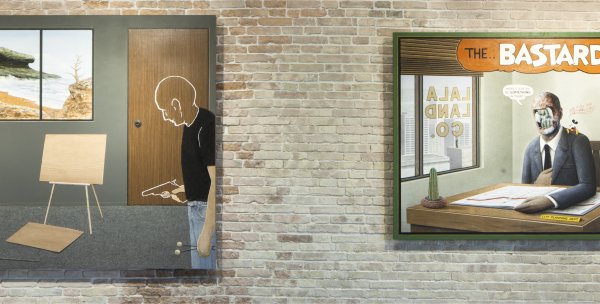Edward
Kienholz
Edward
Kienholz
Kienholz
American, 1927 — 1994
"All my work has to do with living and dying, our fear of death”, Edward Kienholz said in 1977. The American artist’s work consists of assemblage and large-scale installations, which he himself called tableaux. These are complex structures forming real environments that often paint a horrific, violent portrait of the crimes of American society.
Using a crude, kitsch language, he sets out to confront the viewer with the social problems of the contemporary western world, such as loneliness, the obsession with sex, and the violence of racial and social discrimination. His installation Roxys (1961), with its sordid decor, presents a dark and grotesque vision of 1940s Las Vegas brothel.
Part of the Pinault Collection, Roxys was first shown at the "Eloge du Doute" (“In Praise of Doubt”) show at the Punta della Dogana (2011-2013). In 1996, the Whitney Museum of American Art in New York held a large Kienholz retrospective.
Using a crude, kitsch language, he sets out to confront the viewer with the social problems of the contemporary western world, such as loneliness, the obsession with sex, and the violence of racial and social discrimination. His installation Roxys (1961), with its sordid decor, presents a dark and grotesque vision of 1940s Las Vegas brothel.
Part of the Pinault Collection, Roxys was first shown at the "Eloge du Doute" (“In Praise of Doubt”) show at the Punta della Dogana (2011-2013). In 1996, the Whitney Museum of American Art in New York held a large Kienholz retrospective.



